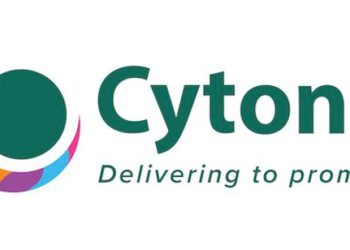Saving for retirement is one of the most crucial financial decisions you can make, and a Personal Pension Scheme (PPS) offers a flexible way to secure your future. Unlike employer-sponsored retirement schemes, a PPS is a voluntary savings plan that allows individuals to make contributions at their own pace. Whether you are self-employed, in informal employment, or simply looking for an additional retirement savings option, a PPS can be a great choice. However, before joining one, there are important factors to consider.
One of the first things to assess is the credibility of the pension provider. The Retirement Benefits Authority (RBA) regulates pension schemes in Kenya, and any personal pension scheme you consider should be registered with the RBA. This ensures that the scheme operates within legal and financial guidelines, protecting your savings from mismanagement or fraud. It is also advisable to check the provider’s track record, reputation, and customer service standards before committing your money.
Another key consideration is the contribution flexibility and structure. A PPS allows you to contribute according to your financial ability, whether on a monthly, quarterly, or annual basis. Some schemes have a minimum contribution amount, while others offer complete flexibility. Understanding these terms will help you select a scheme that aligns with your financial situation and savings goals. Additionally, some schemes allow for **lump sum contributions**, which can be beneficial if you receive irregular income.
Investment options and returns are also important factors to evaluate. Pension providers invest contributions in different asset classes, such as government securities, equities, fixed deposits, and real estate. Reviewing the investment strategy and historical returns of the scheme will help you gauge whether it aligns with your risk appetite and retirement goals. Some schemes offer conservative investment approaches for lower-risk tolerance, while others pursue higher returns with more aggressive strategies.
It is also crucial to understand the fees and charges associated with the scheme. Pension providers deduct administrative fees, fund management fees, and withdrawal charges, which can impact the overall growth of your savings. Comparing these costs across different providers will help you make an informed decision and maximize your retirement benefits.
Lastly, consider withdrawal terms and retirement benefits access. While the primary goal of a PPS is to provide income during retirement, there are rules on when and how you can access your savings. Some schemes allow partial withdrawals after a certain period, while others only allow full access at retirement age. It is essential to understand these rules to avoid unexpected restrictions when you need the funds.
A Personal Pension Scheme offers a convenient and tax-efficient way to secure your retirement, especially for individuals without employer-sponsored pensions. However, before enrolling, it is essential to evaluate the scheme’s credibility, contribution flexibility, investment strategy, fees, tax benefits, and withdrawal rules. Taking the time to research and compare different options will help you make the best choice for a financially secure future.


















